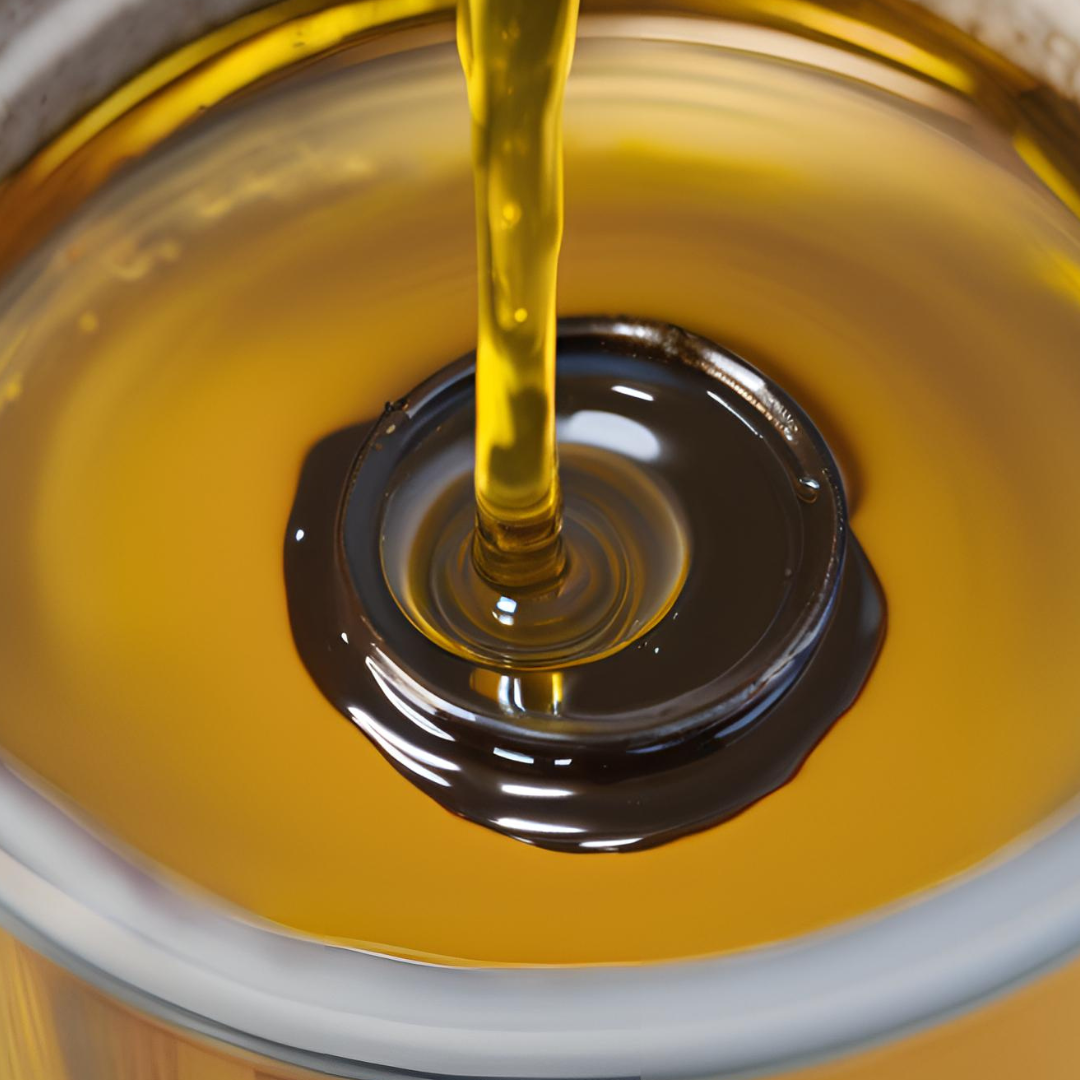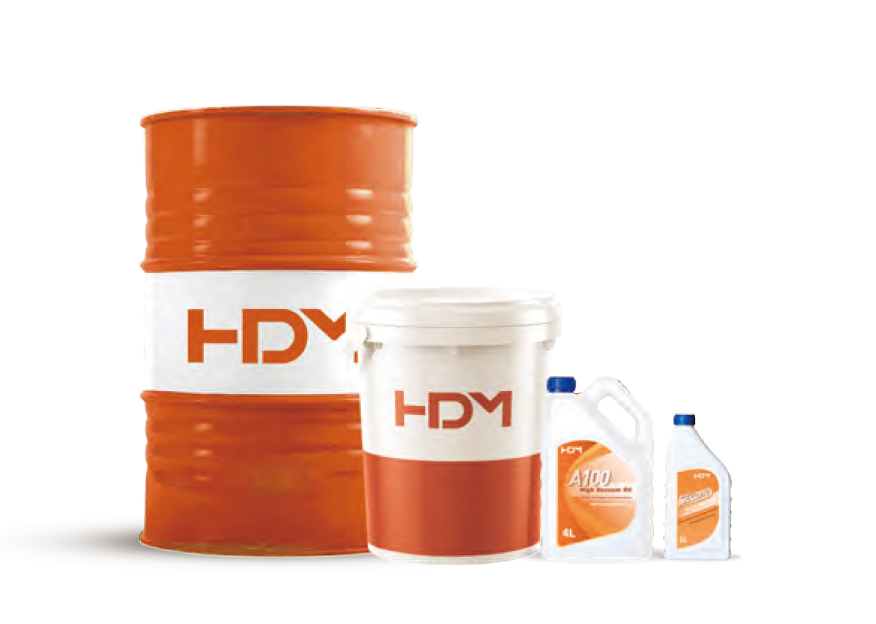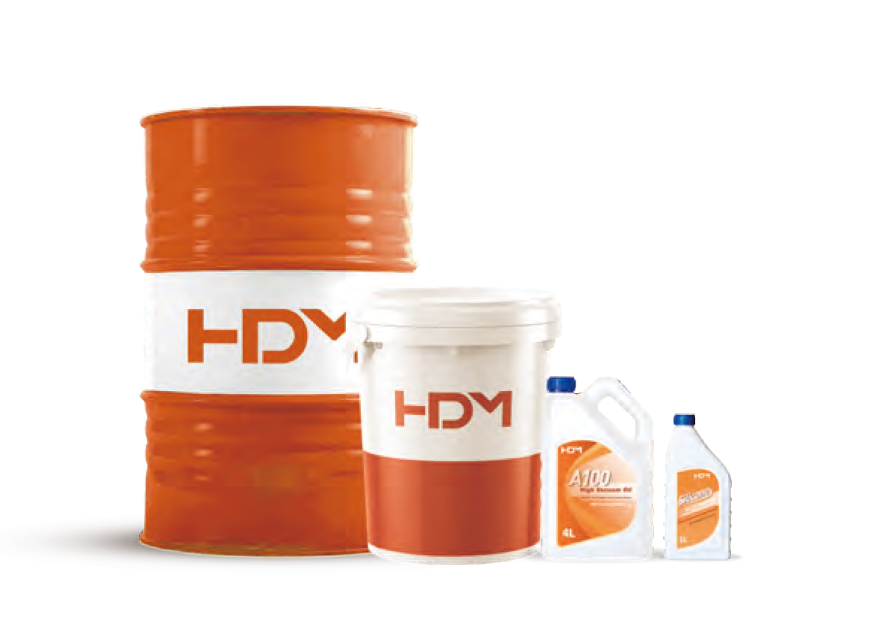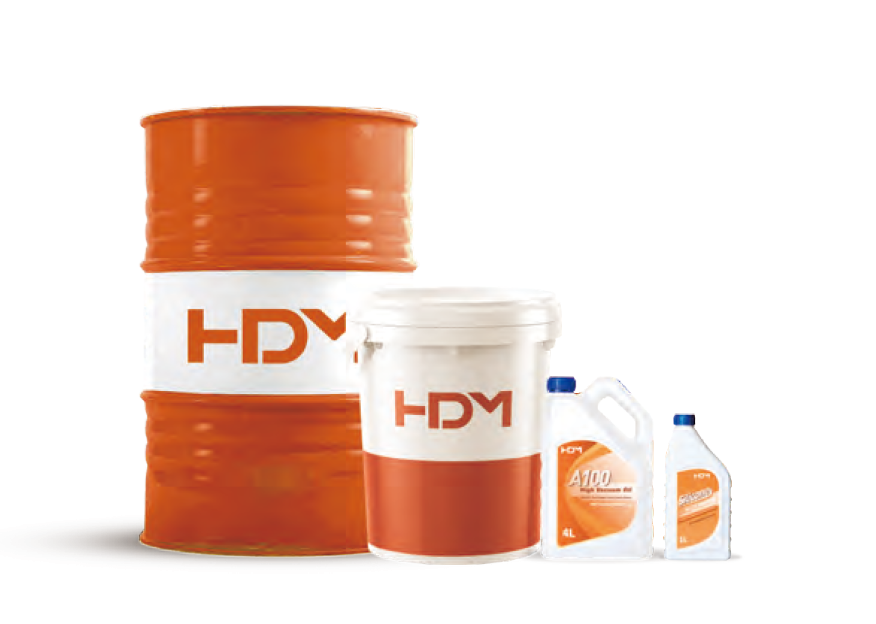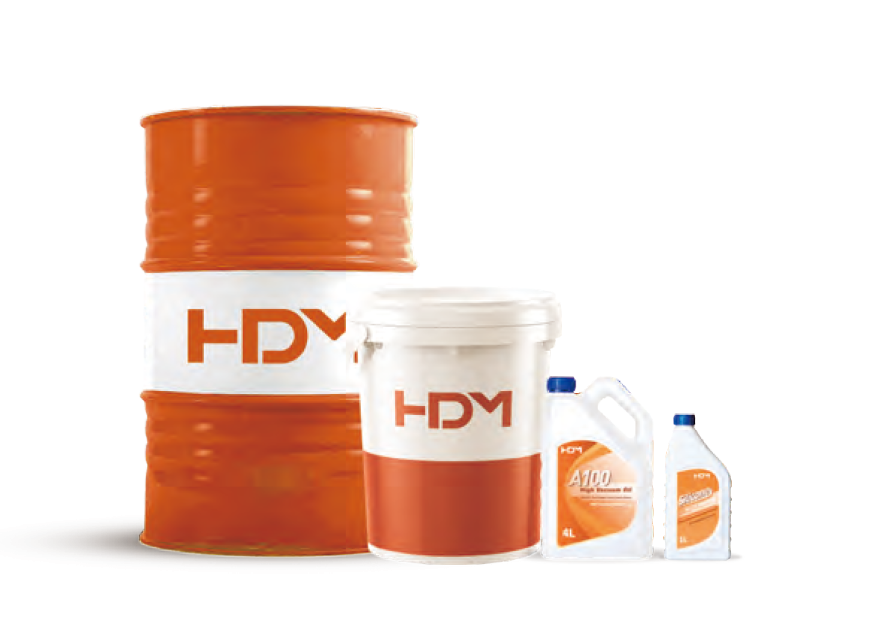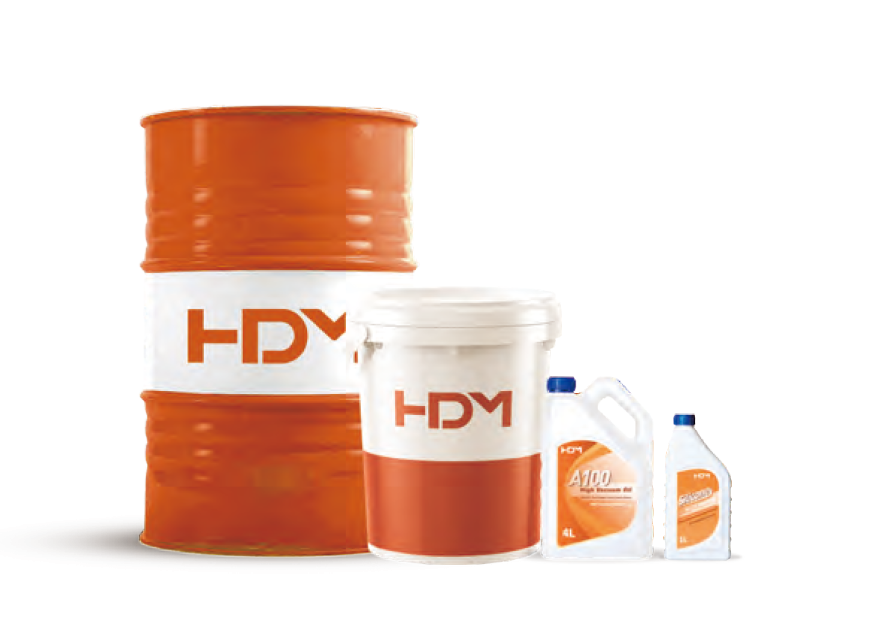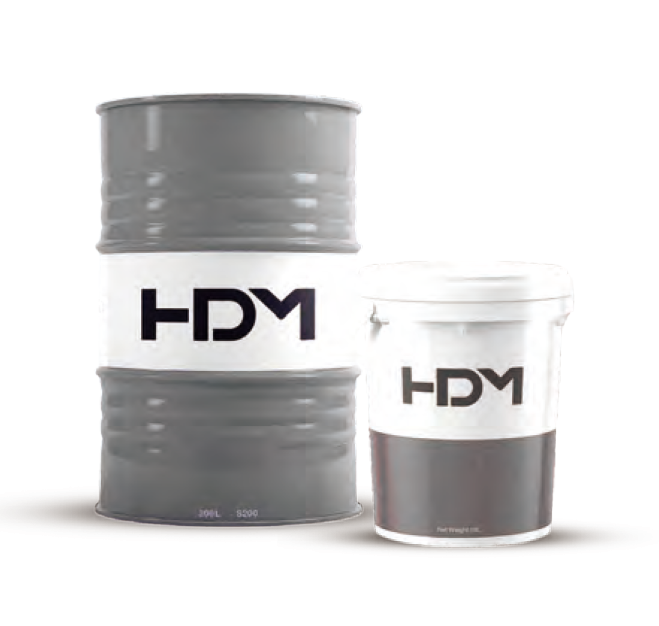
Industrial machine oil plays a crucial role in maintaining and preventing wear and tear in machinery. These oils provide lubrication, reduce heat, and prevent corrosion. However, industrial machine oil has a limited lifespan, and once it degrades or expires, it loses essential lubrication properties, leading to issues affecting the machine's efficiency and safety. This article explains in detail how to check for degraded or expired industrial machine oil.
Signs Indicating Degraded Industrial Machine Oil
1.Color and Clarity: New machine oil is clear or light yellow. A change to a darker color or cloudiness often indicates contamination or degradation. For example, black color may result from soot contamination, while gray color may indicate the presence of abnormal dissolved substances.
2.Viscosity: Changes in viscosity from the standard can signal degradation. Excessive viscosity might indicate sediment buildup or contamination, while overly thin oil may be diluted by other fluids.
3.Odor: Abnormal odors in machine oil, such as burning or rancid smells, can be due to oxidation or degradation.
4.Foaming: Unusual foaming during machine operation may suggest degradation of additives in the oil or air contamination.
5.Changes in Machine Performance: Increased temperature, vibrations, or unusual noises can indicate that the oil is no longer effectively lubricating the machinery.
Methods for Checking Degraded Industrial Machine Oil
- Physical Testing
•Viscosity Testing: Use a viscometer to check if the oil's viscosity remains within the standard range. Changes in viscosity can indicate dilution or sediment in the oil.
•Flash Point Testing: Flash point testing determines if the temperature at which the oil ignites has changed. A decrease in the flash point may indicate contamination or degradation of the oil. - Chemical Testing
•Oxidation Testing: Oxidation testing assesses whether the oil has accumulated substances from oxidation. These substances typically increase the acidity and reduce the oil's lubrication properties.
•Total Base Number (TBN) Testing: This test measures the oil's ability to neutralize acids. A decrease in TBN indicates the degradation of additives that counteract acid formation. - Analytical Testing
•Particle Count Analysis: This test checks for the accumulation of particles and sediment in the oil, indicating the presence of contaminants or suspended matter that could affect the oil's performance.
•Spectroscopic Analysis: Used to examine the chemical composition of the oil. Changes in chemical composition can indicate degradation or contamination.
Management and Maintenance
1.Scheduled Oil Changes: Replace machine oil according to the manufacturer's recommendations or when test results indicate degradation. Scheduled oil changes help maintain machine efficiency and prolong lifespan.
2.Proper Storage: Store oil in a dry, clean environment to prevent contamination and degradation.
3.Use of High-Quality Oil: Choose oil with suitable properties and additives for each type of machinery to ensure it can effectively lubricate and prevent wear.
4.Continuous Monitoring: Implement a system for regular monitoring and recording oil condition to assess oil quality and make appropriate maintenance decisions.
Conclusion
Proper inspection and maintenance of industrial machine oil are crucial for maintaining machinery efficiency and reducing damage risks. Appropriate testing and ongoing care ensure that oil retains its quality and lubrication capabilities, allowing machines to operate smoothly and extending their service life.
Proactive maintenance and consistent monitoring of industrial machine oil are valuable investments for sustaining machine performance and safety in the long run.


